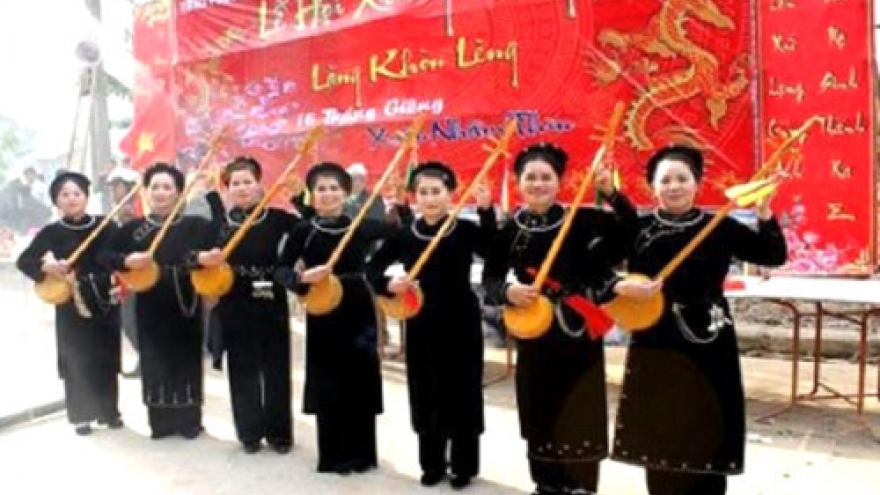
Then singing promoted among people with disabilities
VOV.VN -Then singing and Tinh gourd lute playing are typical folk art forms among the Tay, Nung, and Thai ethnic minority communities in Vietnam’s northern mountains.

Xo dang epics preserved for future generations
VOV.VN - The Ede people’s Khan, the M’nong group’s Ot ndrong, and the Ba Na people’s Ho Mon are the first that come to mind when discussing epics of Vietnam’s Central Highlands. People are less familiar with the Xo dang group’s epics.

Thai stilt house culture
VOV.VN - The Thai, one of Vietnam’s 54 ethnic groups, settle mainly in valleys near waterways which are suitable for growing wet rice and flax. The Thai live in stilt houses in which their culture and lifestyle have developed and are preserved.
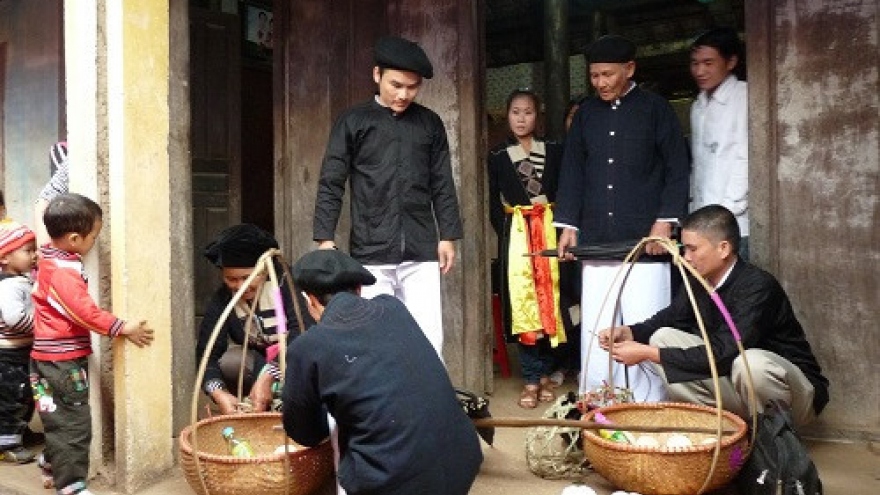
Wedding customs of the Cao Lan people in Bac Giang province
VOV.VN - Marriage is an important event in a person’s life. It marks a turning point toward maturity and love. A wedding ceremony of the Cao Lan ethnic people in Bac Giang province is simple but involves prescribed procedures.

Ca Tru club helps preserve traditional art form
VOV.VN - Hai Phong has done its best to restore and promote the art of ca tru or ceremonial singing over the years. This is reflected in the successful revitalization of the Hai Phong Ca Tru Guild after 25 years, with beautiful performances, young female vocalists, instrumentalists and musicians.

Longevity celebration of Nung ethnic minority people
VOV.VN - There are approximately 80 thousand Nung people living in the northern province of Bac Giang, 45 km north of Hanoi. They earn a living from rice growing and gathering. Birthdays or longevity celebrations are among the most important events in Nung people’s lives.

Hue delicacies tempting to every palate
VOV.VN - Hue cuisine is different from food in other parts of Vietnam. It is characterized by diverse ingredients, delicate preparation, and artful presentation. This has made Hue cuisine tempting to every palate.

Dum singing of the Muong
VOV.VN - The Muong are the fourth-largest of Vietnam’s 54 ethnic groups. The Muong people inhabit northern mountains, mainly in Hoa Binh and Thanh Hoa provinces, where they still maintain their unique culture, an important element of which is Dum singing.
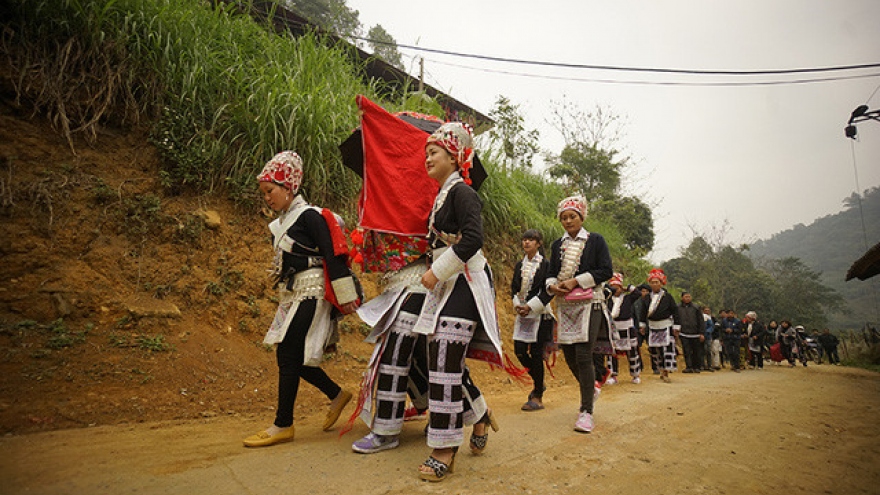
Wedding ceremony of the Red Dao
VOV.VN - Getting married is a significant milestone in a person’s life. Wedding rituals of the Red Dao ethnic people embrace traditional cultural features that need to be promoted and preserved. Let’s explore a wedding ceremony of the Red Dao in Pu Quan village, Muong Lat district, in Thanh Hoa province.

Longevity celebration of the Nung in Bac Giang
VOV.VN - The Vietnamese have a tradition of worshipping their ancestors to honor their predecessors’ merit. But the Nung people of Bac Giang province don’t worship the deceased. Instead, they celebrate grandparents and parents’ birthdays to wish them longevity.
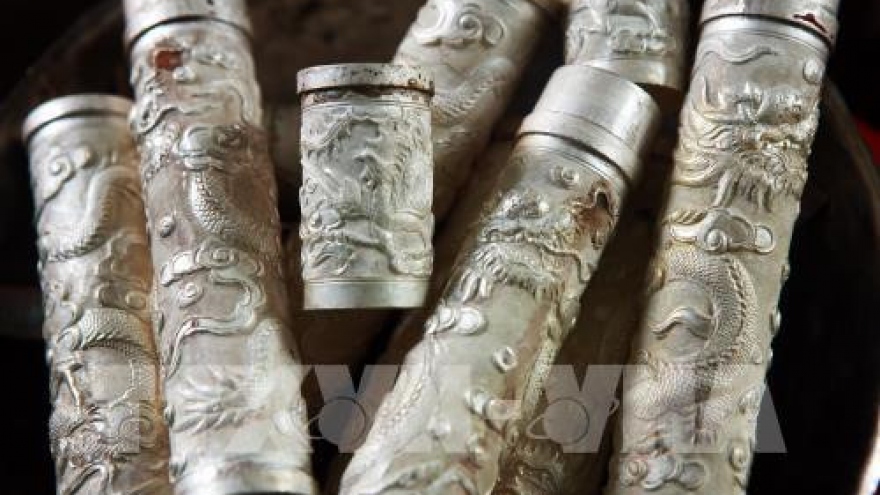
Dong Xam silver craft village preserves tradition
VOV.VN - Dong Xam village in Thai Binh province is one of three places well-known for the silver carving craft, together with Hang Bac Street and Dinh Cong village in Hanoi. Also known as Duong Tham, the 600-year old village is now located in Hong Thai commune, Kien Xuong district.

Tam Duong market embraces local mountain culture
VOV.VN - Tam Duong market in in Lai Chau city is a typical mountain market. It’s not just a trading place but also a meeting venue of the Dao, Mong, Thai, Giay, and Lu ethnic minority people.
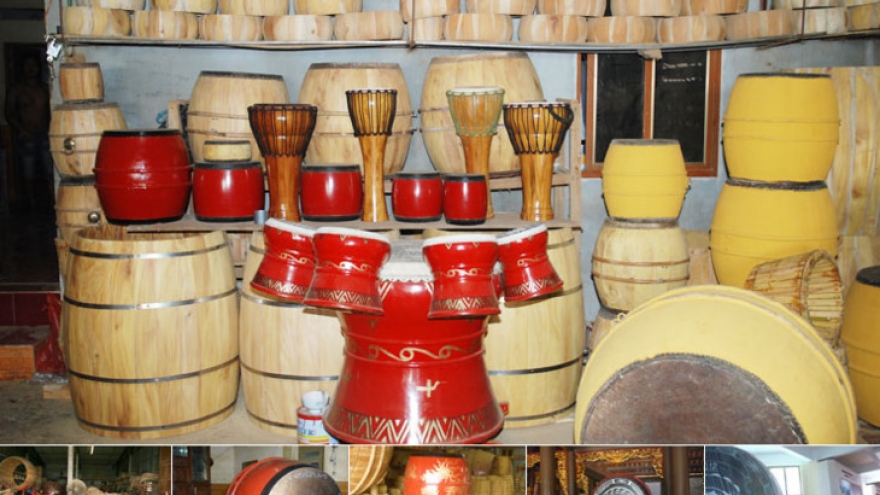
Doi Tam village and the art of drum making
VOV.VN - In Vietnam, drums are a traditional instrument at festivals and weddings. They are also used to announce arrivals to the community, signal when school starts or ends, and accompany musical performances.

French bakery training offers bright future for youth
A French bakery training centre called La Boulangerie Française – HCMC for disadvantaged youth officially opened on June 22 at the Thu Duc College of Technology (TDC) in HCM City.
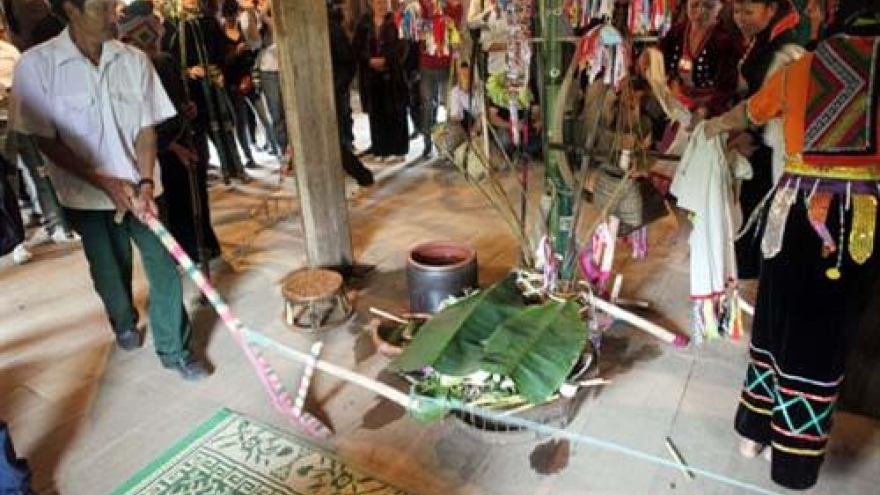
Pang A festival of the La Ha
VOV.VN - La Ha is an ethnic minority group living along the Da river in the northern mountainous provinces of Son La and Lai Chau. Despite social changes, the La Ha have maintained their traditional customs and festivals. The ‘Pang A’ or luck prayer festival reflects the La Ha’s typical culture.

House architecture of the Mong
VOV.VN - Among the hill sides rising up to Dong Van karst plateau in Ha Giang province, travelers are stunned by the magnificent natural landscape, lush terraced fields, and peaceful villages of Mong people.

Wedding ceremony of the Mang ethnic group
VOV.VN - The Mang ethnic minority people live in served mountain districts in Lai Chau province. Like other ethnic groups, they have upheld traditional customs and practices for generations while absorbing modern cultural trends.
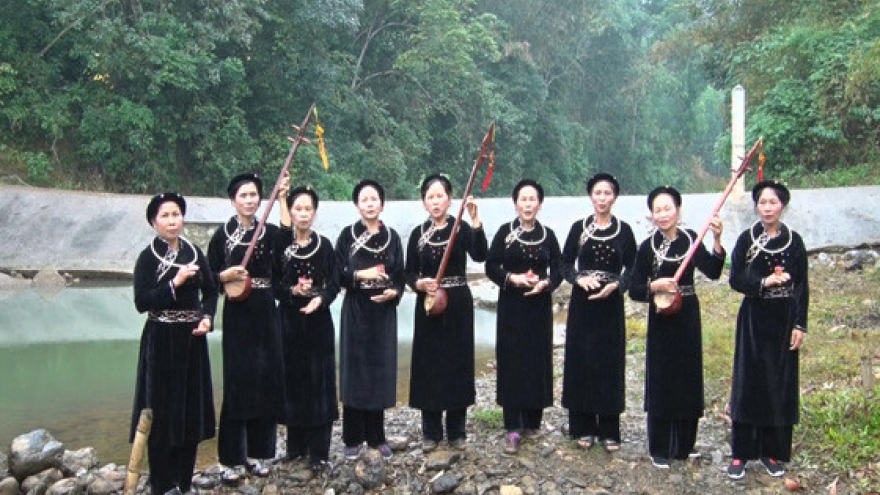
Ethnic minority language included in university curricula
VOV.VN - In Vietnam, Tay is the mother tongue of nearly 2 million people and a second language for many other ethnic minority people in Vietnam’s northwestern region. The language is starting to be displaced by Vietnamese, and many Tay people are finding it harder to use their mother tongue.

La Ha ethnic group
VOV.VN - The La Ha people live in Vietnam’s northwestern region, mainly in Lao Cai, Son La, and Lai Chau province. In the past they lived off the land in isolated remote mountains, where they developed unique customs and rituals.
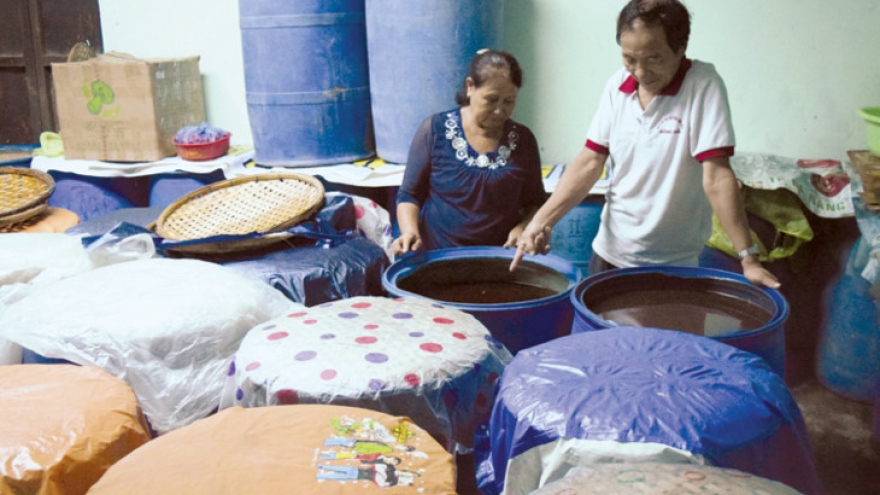
Nam O village in Da Nang City preserves art of fish sauce
VOV.VN - Located in Lien Chieu District, Da Nang City, Nam O has long been famous for its fish sauce. Founded in the early 20th century, the village is now facing a lack of land on which to build workshops.

Hai Hau’s flowery roads show the way to local pride
Our first glimpse of Hai Hau District in the northern province of Nam Dinh was roadsides full of flowers. In recent years, the land along the inter-village roads in the coastal district has been planted with flowers-indicating that people have not only focused on surviving by building, fishing and raising rice.

Young E-de ethnic people eager to preserve local culture
VOV.VN - Young E-de ethnic people in Dak Lak province have taught themselves brocade weaving, gong playing, and folk singing, as part of efforts to preserve and promote their ethnic culture.

Motherhood goddess worshipping ritual of Red Dao
VOV.VN - Worshipping goddesses of Motherhood, the protectors of babies, is an important ritual of the Red Dao in Lao Cai province. Their ceremony pays gratitude to the goddesses and asks them to bless a baby with good health and obedience.
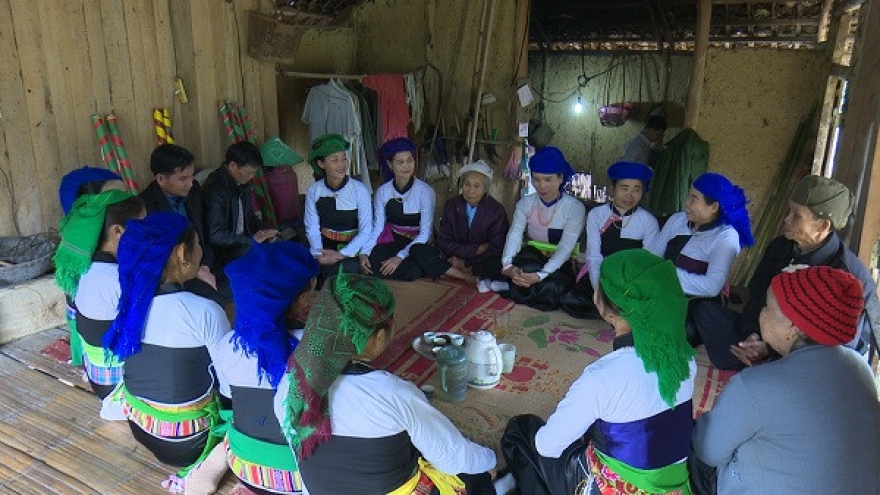
Muong people in Phu Tho preserve cultural identity
VOV.VN - The Muong in Vo Mieu commune, Phu Tho province, have actively responded to national campaigns that encourage people to unite to develop new rural areas and a cultural lifestyle. While adopting a modern lifestyle, they have preserved and promoted their traditional culture.

Spring Festivals in mountain regions
VOV.VN - Spring is the season of festivals across Vietnam. For ethnic groups in mountain regions, spring festivals are opportunities to relax and pray for a good new year.

“Mushroom house” of the Black Ha Nhi in Lao Cai
VOV.VN - The earthen houses with mossy roofs of the Black Ha Nhi in Y Ty district, Lao Cai province, look like mushrooms in the clouds. When sunshine banishes the clouds, the earthen houses appear on the mountainside as in a fairy land. VOV introduces the uniqueness of the Black Ha Nhi’s architecture.
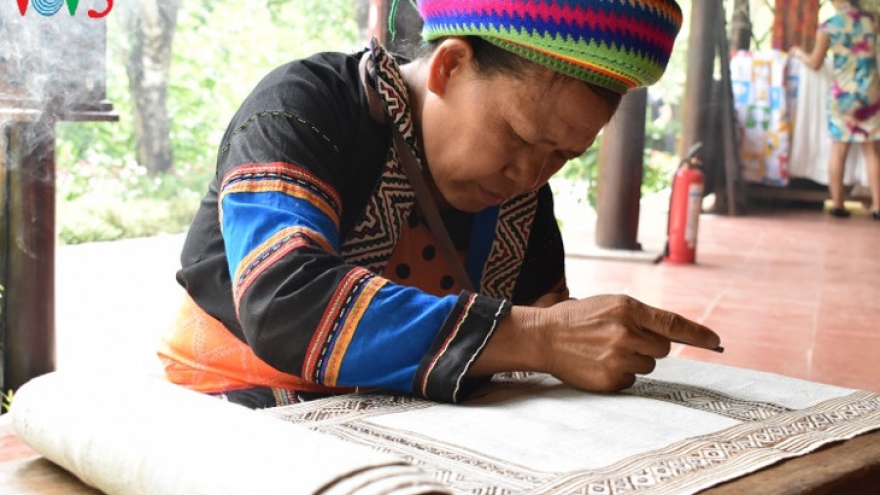
Mong textile patterns recognized as intangible cultural heritage
VOV.VN - Cloth weaving has long been a proud traditional craft of the Mong ethnic people in Vietnam’s mountainous areas. The Mong’s traditional textile patterns have been recognized as a national intangible cultural heritage.

Wood stove of the Tay in Binh Lieu
VOV.VN - The wood stove has an important position in the life and culture of the Vietnamese people as it provides light, cooks food, and warms up the house.

Dich Vi village worships stone dog
VOV.VN - For centuries the dog has been believed to bring good luck, blessings, and happiness to humans. At Dich Vi, a village not far from downtown Hanoi, a stone dog is considered the villagers’ tutelary god.

Tet a special time for foreigners too
VOV.VN -More and more foreigners are currently choosing Vietnam as an ideal place to live and work and especially, the Lunar New Year Festival (Tet) is a special opportunity for them to gain a deeper understanding of the country’s fine customs and traditions.
